Waterfall Photography Tips! Waterfalls are an amazing natural feature that can be captured beautifully in photographs. They are a popular subject for photographers because they are stunning to look at and can create beautiful and unique photos. There are many different types of waterfalls, some of which are quite easy to photograph while others may require a bit more effort. Waterfalls can be a beautiful and awe-inspiring sight, but capturing them in photographs can be challenging. In this article, we will discuss waterfall photography tips.
Waterfall Photography Tips
Waterfalls are some of the most beautiful and captivating natural features in existence. With the right photo equipment, you can capture the beauty of a waterfall in all its glory. Here are some tips to help you take waterfall photos that will leave your audience spellbound.
1. Use a Tripod
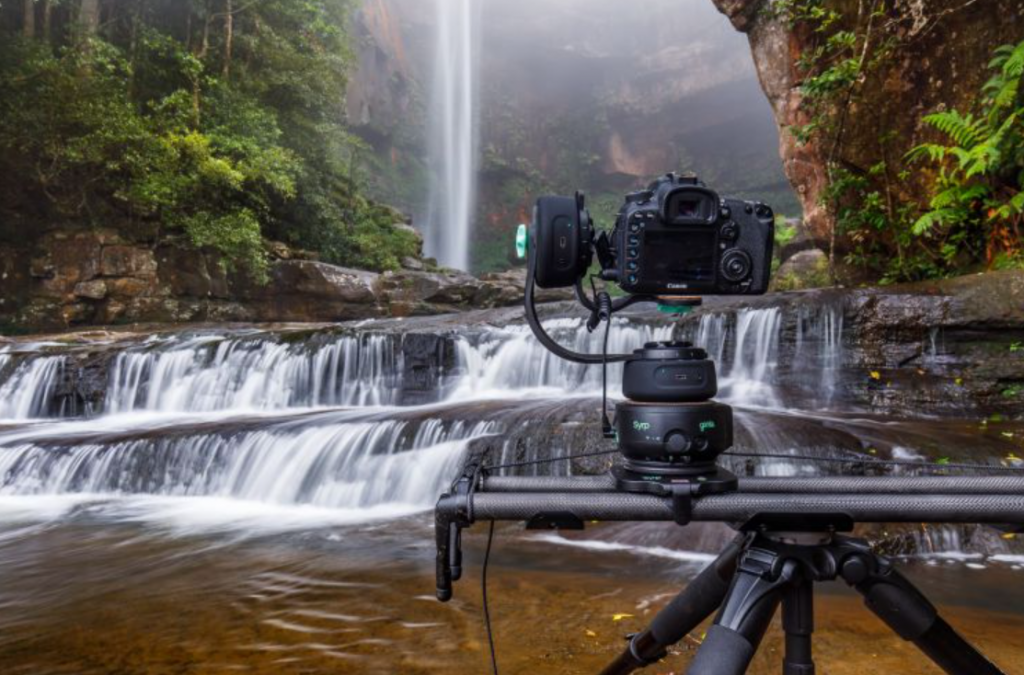
When photographing a waterfall, it is best to use a tripod to keep the camera still and capture the image in sharp focus. This is especially important when using a slow shutter speed to create the blurred water effect. By using a tripod, you’ll also be able to avoid camera shake, which can cause blurring in your photos.
2. Use the Lowest ISO
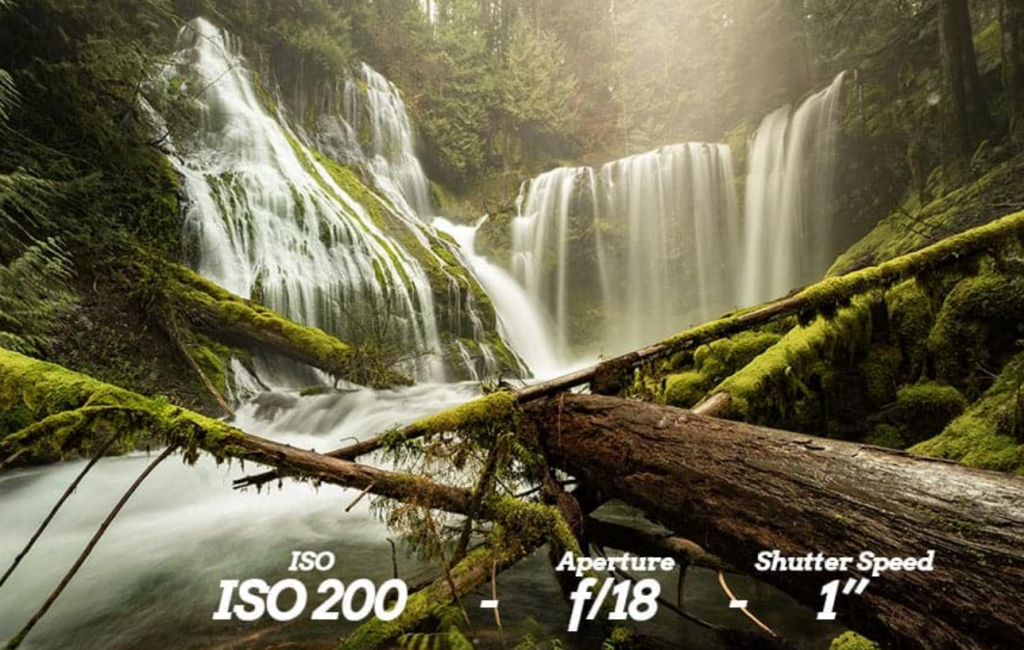
ISO is the sensitivity of your camera to light. A lower ISO number means your camera is less sensitive to light. This is ideal when shooting waterfall photography because you want to use a slow shutter speed to capture the motion of the water. If your camera is too sensitive, it will create too much noise in your photograph. By using a low ISO number, you can ensure that your photograph has minimal noise and looks clean and crisp.
3. Use a Slow Shutter Speed Camera

When photographing a waterfall, use a slow shutter speed to capture the motion of the water. This will create a blurred effect, which can be very beautiful. To get the best results, use a tripod to keep the camera steady. You may also want to use a remote release to avoid shaking the camera when you press the shutter button. Experiment with different shutter speeds until you find one that gives you the effect you desire.
4. Use Wide-angle and Telephoto Lenses
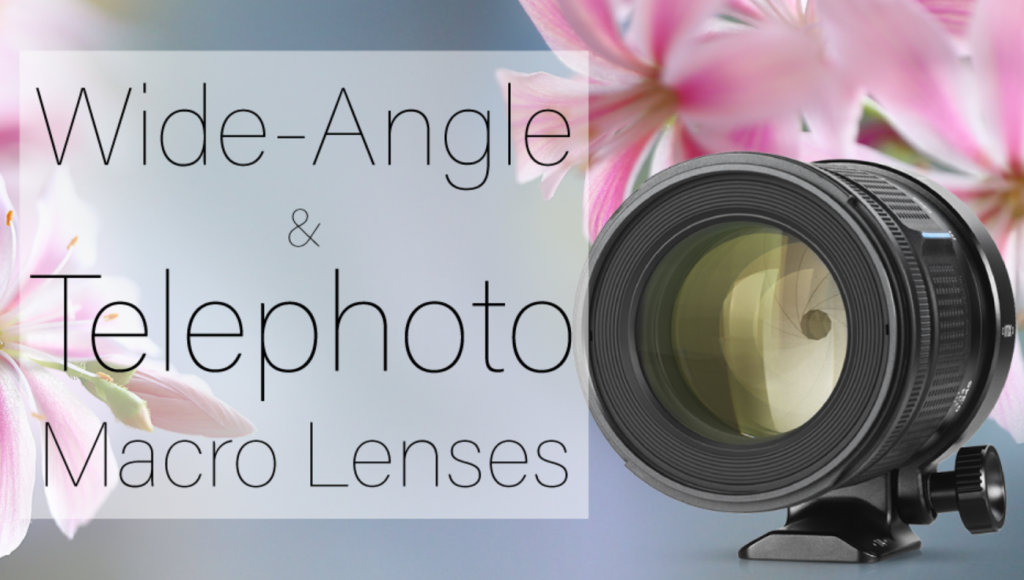
When photographing a waterfall, using a wide-angle lens will give you more of the waterfall in the photograph. A telephoto lens will make the waterfall look smaller. If you are using a digital SLR camera, you can use both lenses by switching the lens on your camera.
5. Take Time With the Composition
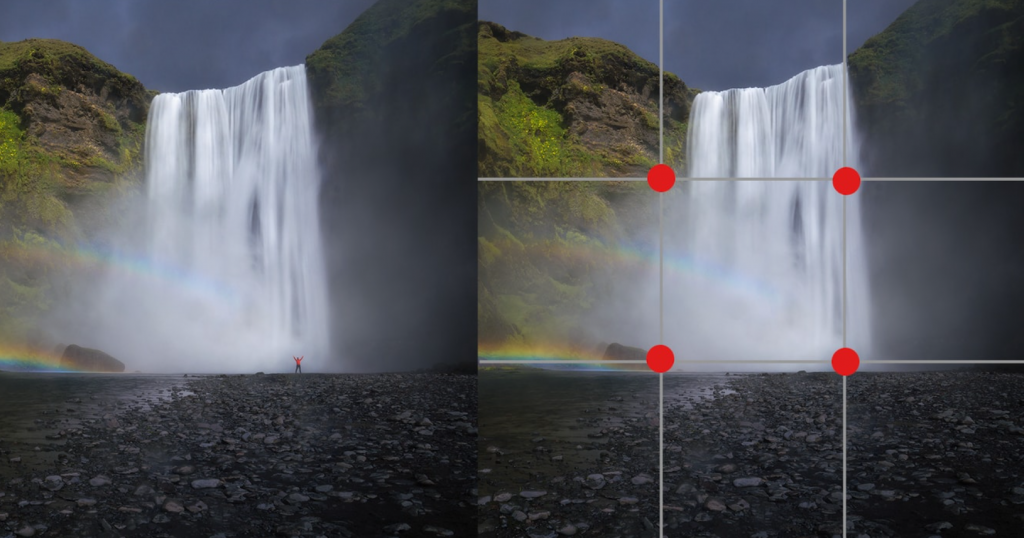
When photographing a waterfall, take your time with the composition. This means finding the right angle and getting the shot just right. It can also mean waiting for the perfect light. By taking your time, you’ll be able to capture a beautiful photo of a waterfall that you can be proud of.
6. Choose the Time of Day Wisely
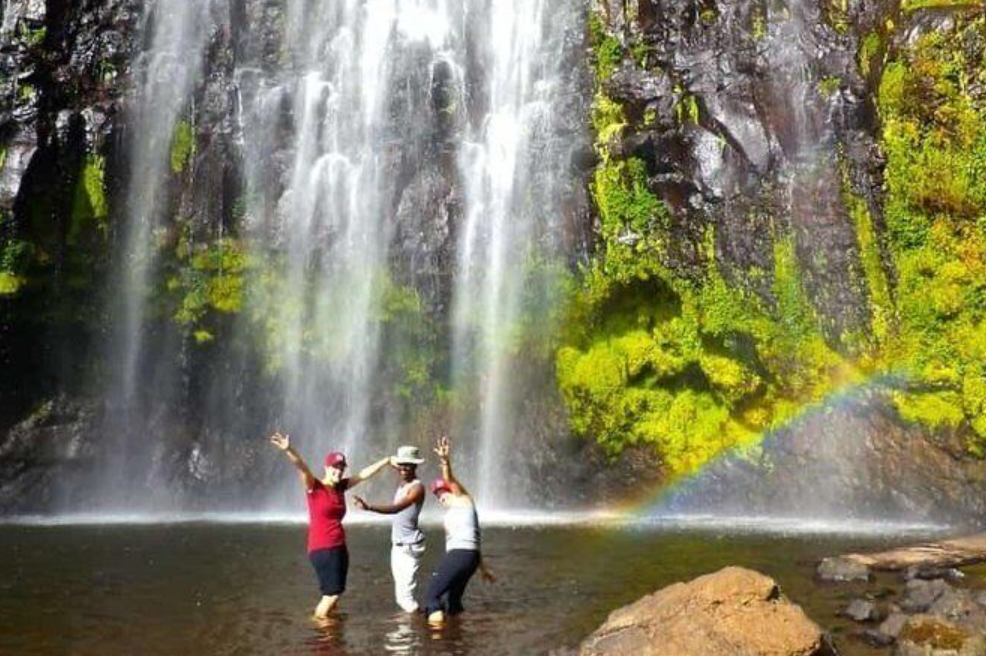
When photographing waterfalls, it’s important to think about the time of day you’re shooting. The best time for waterfall photography is early morning or late evening when the light is soft and diffused. During the middle of the day, the sun is high in the sky and casts harsh shadows, which can make waterfalls look unappealing. If you’re limited to shooting during the day, try to find a spot where the sun isn’t directly shining on the waterfall. { "@context": "https://schema.org/", "@type": "HowTo", "name": "Waterfall Photography Tips", "description": "Waterfall Photography Tips! Waterfalls are an amazing natural feature that can be captured beautifully in photographs. They are a popular subject for photographers because they are stunning to look at and can create beautiful and unique photos. There are many different types of waterfalls, some of which are quite easy to photograph while others may require a bit more effort. Waterfalls can be a beautiful and awe-inspiring sight, but capturing them in photographs can be challenging. In this article, we will discuss waterfall photography tips.", "image": "https://photolightboxes.net/waterfall-photography-tips/", "totalTime": "PT10M", "estimatedCost": { "@type": "MonetaryAmount", "currency": "USD", "value": "10$" }, "supply": [ { "@type": "HowToSupply", "name": "tripod" } ], "tool": [ { "@type": "HowToTool", "name": "camera" } ], "step": [ { "@type": "HowToStep", "text": "When photographing a waterfall, it is best to use a tripod to keep the camera still and capture the image in sharp focus. This is especially important when using a slow shutter speed to create the blurred water effect. By using a tripod, you’ll also be able to avoid camera shake, which can cause blurring in your photos.", "image": "https://photolightboxes.net/wp-content/uploads/2022/06/Use-a-Tripod-5-1024x675.png", "name": "Use a Tripod", "url": "https://photolightboxes.net/waterfall-photography-tips/#1_Use_a_Tripod" }, { "@type": "HowToStep", "text": "ISO is the sensitivity of your camera to light. A lower ISO number means your camera is less sensitive to light. This is ideal when shooting waterfall photography because you want to use a slow shutter speed to capture the motion of the water. If your camera is too sensitive, it will create too much noise in your photograph. By using a low ISO number, you can ensure that your photograph has minimal noise and looks clean and crisp.", "image": "https://photolightboxes.net/wp-content/uploads/2022/06/Use-the-Lowest-ISO-1024x650.png", "name": "Use the Lowest ISO", "url": "https://photolightboxes.net/waterfall-photography-tips/#2_Use_the_Lowest_ISO" }, { "@type": "HowToStep", "text": "When photographing a waterfall, use a slow shutter speed to capture the motion of the water. This will create a blurred effect, which can be very beautiful. To get the best results, use a tripod to keep the camera steady. You may also want to use a remote release to avoid shaking the camera when you press the shutter button. Experiment with different shutter speeds until you find one that gives you the effect you desire.", "image": "https://photolightboxes.net/wp-content/uploads/2022/06/Use-the-Lowest-ISO-1024x650.png", "name": "Use a Slow Shutter Speed Camera", "url": "https://photolightboxes.net/waterfall-photography-tips/#3_Use_a_Slow_Shutter_Speed_Camera" }, { "@type": "HowToStep", "text": "When photographing a waterfall, using a wide-angle lens will give you more of the waterfall in the photograph. A telephoto lens will make the waterfall look smaller. If you are using a digital SLR camera, you can use both lenses by switching the lens on your camera.", "image": "https://photolightboxes.net/wp-content/uploads/2022/06/Use-Wide-angle-and-Telephoto-Lenses-1024x580.png", "name": "Use Wide-angle and Telephoto Lenses", "url": "https://photolightboxes.net/waterfall-photography-tips/#4_Use_Wide-angle_and_Telephoto_Lenses" }, { "@type": "HowToStep", "text": "When photographing a waterfall, take your time with the composition. This means finding the right angle and getting the shot just right. It can also mean waiting for the perfect light. By taking your time, you’ll be able to capture a beautiful photo of a waterfall that you can be proud of.", "image": "https://photolightboxes.net/wp-content/uploads/2022/06/Take-Time-With-the-Composition-1024x538.png", "name": "Take Time With the Composition", "url": "https://photolightboxes.net/waterfall-photography-tips/#5_Take_Time_With_the_Composition" }, { "@type": "HowToStep", "text": "When photographing waterfalls, it’s important to think about the time of day you’re shooting. The best time for waterfall photography is early morning or late evening when the light is soft and diffused. During the middle of the day, the sun is high in the sky and casts harsh shadows, which can make waterfalls look unappealing. If you’re limited to shooting during the day, try to find a spot where the sun isn’t directly shining on the waterfall.", "image": "https://photolightboxes.net/wp-content/uploads/2022/06/Choose-the-Time-of-Day-Wisely.png", "name": "Choose the Time of Day Wisely", "url": "https://photolightboxes.net/waterfall-photography-tips/#6_Choose_the_Time_of_Day_Wisely" } ] }
Conclusion
In conclusion, waterfall photography can be a challenging but rewarding experience. By following the tips in this article, you can improve your chances of capturing stunning waterfall photos. Don’t forget to enjoy the experience too – waterfall photography is a great way to relax and take in nature’s beauty.



